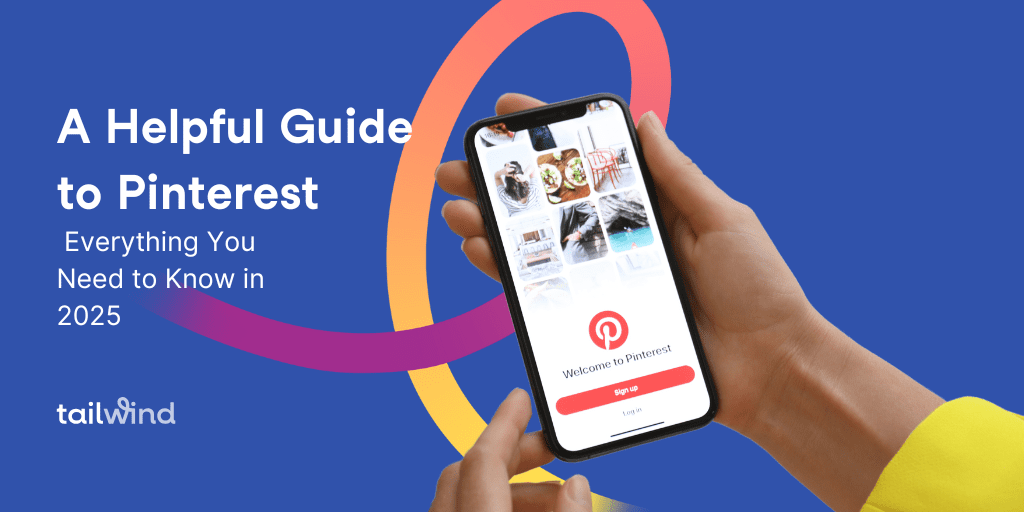
Pinterest
A Helpful Guide to Pinterest | Everything You Need to Know in 2025 [UPDATED]
Learn all about how Pinterest works for users and marketers, from saving ideas to advertising. Maximize your reach and drive traffic with these tips and expert insights on utilizing Pinterest for your business.

